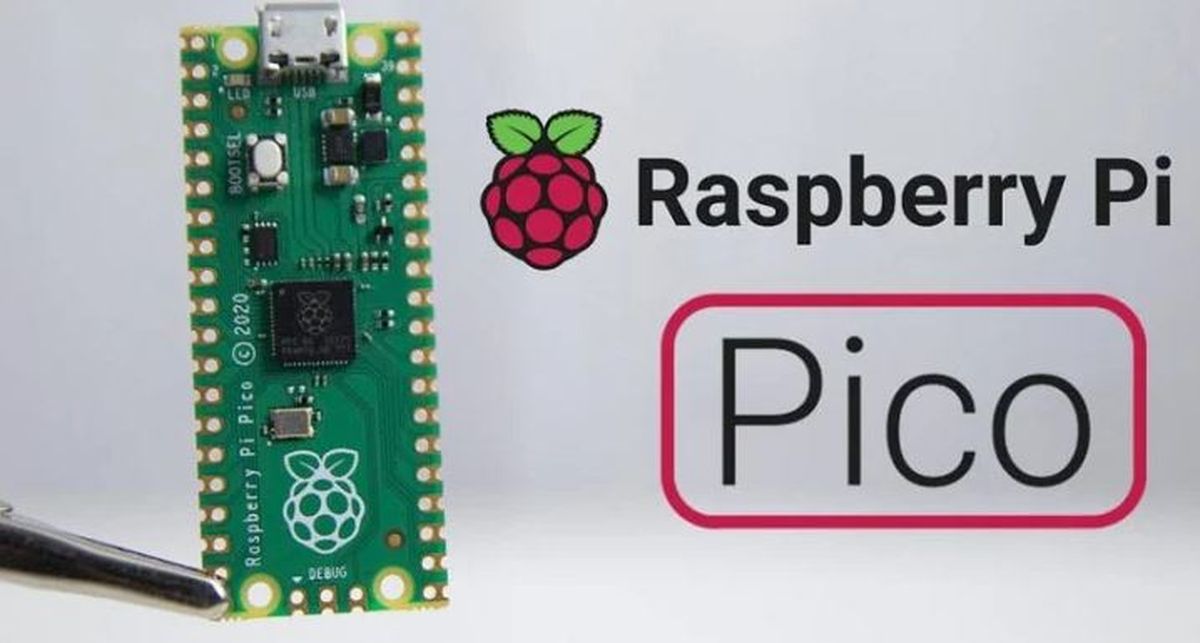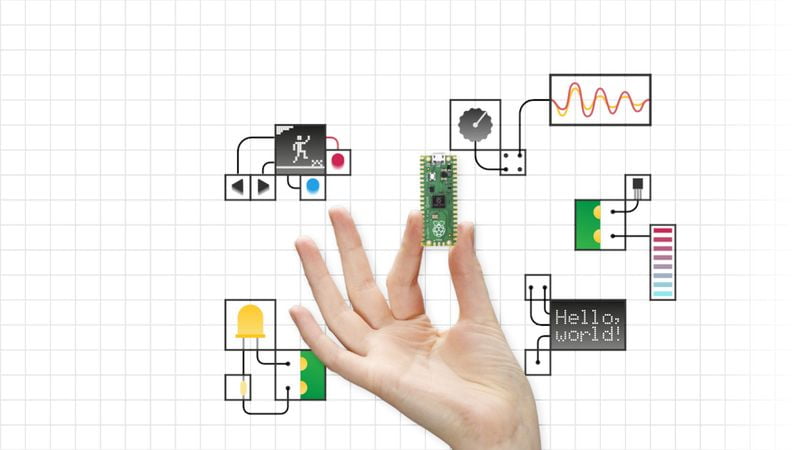The new Raspberry Pi Pico is a microcontroller, a small board that, for the first time, uses the company’s own processor for small projects.
The new Raspberry Pi product is now available worldwide, but unlike usual, we are not dealing with a computer hidden in the keyboard, or a cheap board to assemble our own system.
The Raspberry Pi Foundation has decided to go a step further, launching a completely new product for the company: a microcontroller. The Raspberry Pi Pico is a small system, which is not designed to run an operating system but to control electronic components, such as sensors, motors, or interfaces.
In other words, it is a small board that turns anything we want into ‘smart’, allowing us to control it or connect it to a more powerful system, such as a Raspberry Pi 4.
Raspberry Pi Pico features
It is not only the first time Raspberry Pi has developed such a product; It is also the first time it has created its own chip for the task. The RP2040 is the first SoC (system-on-chip) created by Raspberry, for a simple reason: They claim that they looked for alternatives, but none of them suited what they needed.
So they decided to design their own chip, a task that is not small, but which represents the entry into a new world. Until now, Raspberry Pi boards have used third-party components, but from now on it opens up the possibility of creating their own chips better adapted to what the average user of these systems needs.

The RP2040 features two ARM Cortex M0+ cores, at a frequency of up to 133Mhz; It is accompanied by 264kB of SRAM memory, plus 2MB of internal storage. A variety of input/output options are included, which can even be programmable.
Intended for both experts and beginners
As you can see from the features, this is not a board designed to run an operating system, as attractive as it looks. But it has enough power to run the code needed to control automated systems and is even claimed to offer good machine learning performance. In that sense, it is very similar to the Arduino boards that have become so popular in recent years.
The Pi Pico is tiny, and therefore can be included in all kinds of projects. It is intended for both experts and beginners in this DIY (Do It Yourself); It is programmable in both C and MicroPython, for all types of applications and levels.
Indeed, this is the cheapest model so far, and although it cannot be compared to a normal Raspberry Pi, it is a figure that will attract the attention of anyone who was thinking of starting a project.





